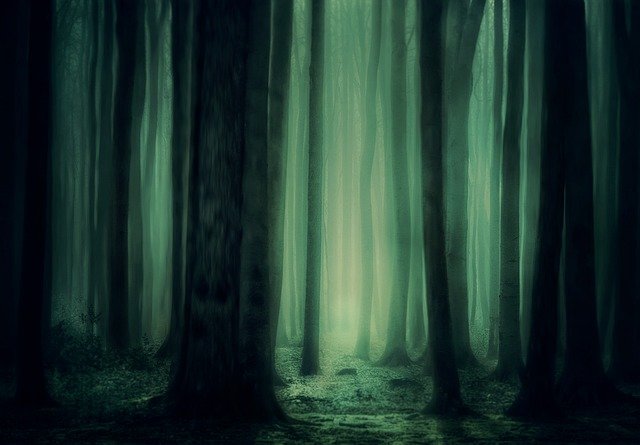"The Fascinating World of Animal Adaptations: Surviving and Thriving in the Wild"

The Fascinating World of Animal Adaptations: Surviving and Thriving in the Wild
Animals have a remarkable ability to adapt to their environment in order to survive and thrive. From the smallest insects to the largest mammals, each species has unique physical and behavioral adaptations that allow them to succeed in the wild.
Physical Adaptations
Physical adaptations are changes in an animal's body that help them survive in their environment. For example, the polar bear has a thick layer of fur and blubber to keep them warm in the freezing Arctic temperatures. The giraffe has a long neck and legs to reach high branches for food. The chameleon has the ability to change color to blend in with their surroundings and avoid predators.
Behavioral Adaptations
Behavioral adaptations are changes in an animal's behavior that help them survive in their environment. For example, some birds migrate to warmer climates during the winter to find food and avoid the cold. Many animals, such as deer, have developed a keen sense of hearing and smell to detect predators and avoid danger. Some animals, such as the honeybee, have developed complex social behaviors to work together and protect their colony.
Adaptations for Survival
Animals have developed a variety of adaptations to help them survive in their environment. Some adaptations are for protection, such as the porcupine's quills or the skunk's spray. Other adaptations are for finding food, such as the anteater's long tongue or the shark's ability to detect prey from far away. Some animals have even developed adaptations for reproduction, such as the peacock's elaborate tail feathers to attract mates.
Adapting to Change
Animals must also adapt to changes in their environment in order to survive. For example, some species have adapted to live in urban areas, such as pigeons and rats. Others have adapted to changes in their food supply, such as the Galapagos finches that developed different beak shapes to eat different types of food.
In conclusion, the fascinating world of animal adaptations is a testament to the incredible diversity and ingenuity of life on Earth. From physical to behavioral adaptations, animals have developed a wide range of tools to survive and thrive in the wild. As our planet continues to change, it will be interesting to see how animals continue to adapt and evolve to meet new challenges.

All images are taken from the Pixabay.com
This post is supported by the minnowswarm community, using a free service.
A community that helps support the little guy 😊, we join lots of other small accounts to help each other grow!
Finally a good curation trail that helps small users achieve growth, its fun on a bun! check it out. https://som.lan.247420.xyz/
We are open source and have been audited by many users and its easy to confirm that there is no risk in using it.
Both our enrollment system and upvote bot is open source and whitelisted by MalwareBytes, accepted by Github, and we've serviced thousands of users since 2017, our bot is free and will only ever vote on your behalf if your idle reaches 100%.
We respect our users freedom, enrollement as well as unenrollment from our system is done directly on the blockchain and you do not need our services to join/leave.
Bot source: https://github.com/AnEntrypoint/school-of-minnows
Landing page source: https://github.com/AnEntrypoint/school-of-minnows-landing
School of minnows is FREE OPEN SOURCE software, if you need to contact us, meet up on the 247420 discord: https://discord.gg/NED33mNpms
We are always active and happy to answer any questions you may have.